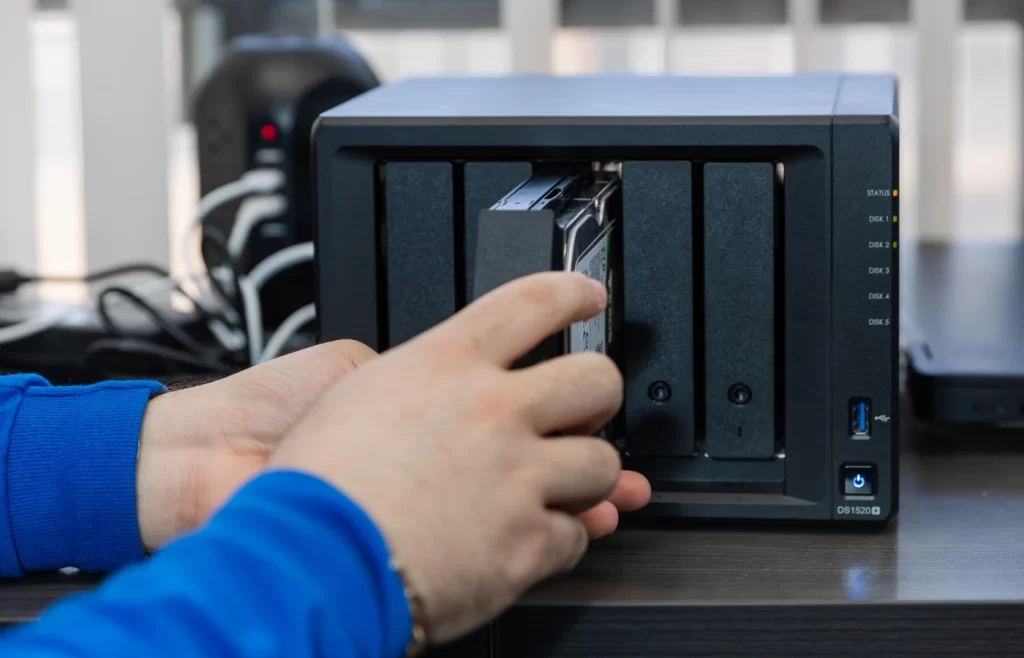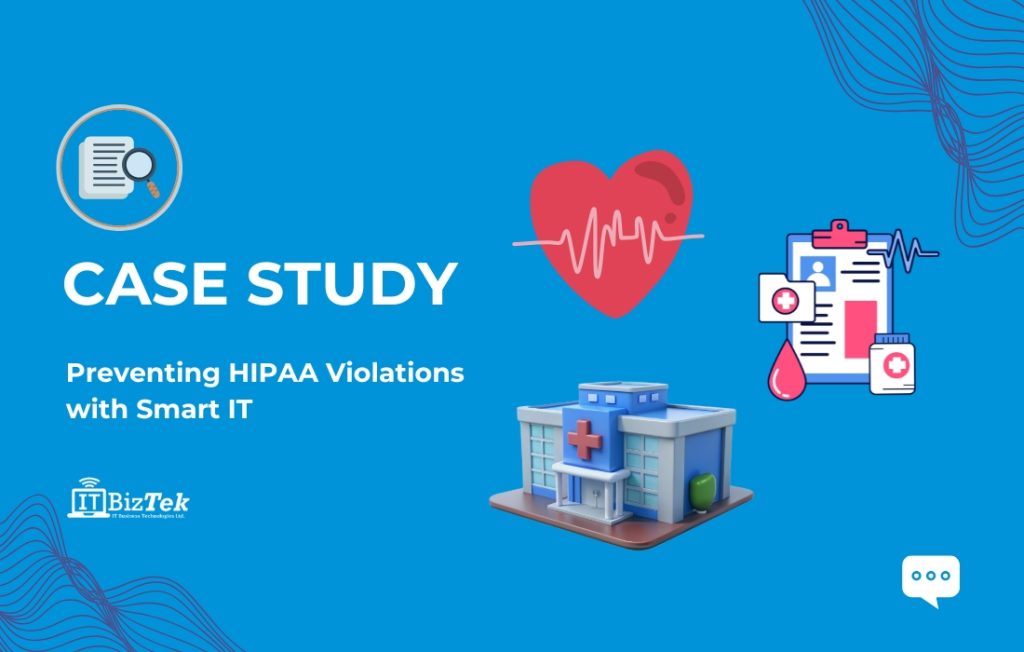In today’s fast-paced digital world, businesses need to be able to scale and grow without constantly worrying about outgrowing their IT infrastructure. An optimized IT infrastructure is key when supporting this growth, making sure your system can handle increased demands and adapt in the future if needed.
In this blog post, we’ll be going over some key strategies related to your IT infrastructure upgrade that you can use to stay ahead of your competition.
Assess and Understand Your Current IT Infrastructure
Before making any upgrades, you need to fully understand your current system’s capabilities. Performing a self assessment on your current system helps you identify problems such as bottlenecks, inefficiencies and areas that could cause issues as you scale. There could be multiple reasons for these problems such as hardware limits, old software, network connection, but understanding these problems is when you can start improving for scalability. If you would like a professional to come and assess your entire IT system, contact us for a FREE IT assessment today!
Key steps to assess:
- Hardware Utilization: Are your servers running optimally? Are you using too much or too little?
- Network Speed and Reliability: Can your network handle the increased traffic and demand?
- Software and Applications: Are you software updated and can easily adapt to allow new solutions?
Embrace Cloud Computing
Cloud computing is one of the most impactful solutions when it comes to scalability. Cloud platforms can give you on-demand resources that easily scale, without needing to have an upfront investment in physical hardware.
By leveraging cloud services, you can:
- Easily Scale Up or Down: Pay only for what you use and adjust your resources automatically based on your demand
- Improve Reliability and Uptime: Cloud providers offer high levels of reliability with redundancy across multiple data centers.
- Enhance Flexibility: The cloud allows your team to get access from anywhere at any time.
Improve Current Network Architecture
As your business grows, your network demand also increases. A key part of optimization is making sure that your network can scale accordingly. This allows you to expand your infrastructure without having to worry about downtime.
Here are some best practices for how to do so:
- Leverage Virtual Networks: Virtual networks and software-defined networking (SDN) lets you improve your network as needed and optimize traffic management.
- Use Load Balancing: You can evenly distribute network traffic across servers and resources using load balancers.
- Upgrade Bandwidth and Latency: Making sure that your network bandwidth can handle growing traffic loads, and aim to minimize latency by using content delivery networks (CDNs).
If you keep these factors in mind, your network will be well equipped to handle any increases in demand.
Future-Proof with Modular and Flexible Design
In order to properly prepare yourself you can’t just react to growth in the present, you need to plan ahead for future demands. To almost guarantee long term success, your IT infrastructure should be designed with flexibility and modularity in mind.
This means:
- Modular Hardware Solutions: Invest in hardware that can be easily upgraded or expanded as your needs grow. For instance, server racks with extra slots, scalable storage systems, or network switches that can handle additional connections.
- Future-Proofing Software: Choose software that can easily adjust or are regularly updated to allow for new modules or features as needs arise.
When you build your infrastructure make sure to keep future growth in mind, so you aren’t constantly replacing or overhauling your entire system. If you don’t know where to start, get in touch for IT support services in Toronto
Invest in Cybersecurity
As your business continues to grow, so do your security risks. This is an important step to keep in mind as you want to protect your data, users, and systems from potential breaches.
Security considerations should include:
- Data Encryption: Make sure that all sensitive data is encrypted both at rest and in transit.
- Access Control and Identity Management: Implement role-based access control (RBAC) and multi-factor authentication (MFA) to prevent unauthorized access.
- Regular Security Audits: As your system grows, so do its vulnerabilities. Schedule regular security audits to assess risks and patch vulnerabilities before they can be exploited.
Investing in high quality security solutions will keep your infrastructure safe while growing with your needs.
Monitor Performance Continuously
Closely monitoring performance is important as it allows you to recognize your system’s limitations. Making sure you have access to real-time visibility to all aspects of your IT environment is essential.
Key performance indicators (KPIs) to monitor include:
- CPU and Memory Utilization: High CPU or memory usage may indicate that additional resources are needed.
- Server Uptime and Availability: Track downtime and try to have your systems stay online as much as possible.
- User Experience: Regularly monitor website and application response times to make sure that customer experiences are not compromised.
If you’re limited on time and resources, consider utilizing Managed IT Services that provide proactive infrastructure monitoring and swift resolution of performance issues.
Optimizing IT infrastructure for scalability and growth isn’t a one time solution, it’s a continuous process that requires continuous attention. By adopting these strategies you can guarantee that your infrastructure is able to grow alongside your business and has long-term success











